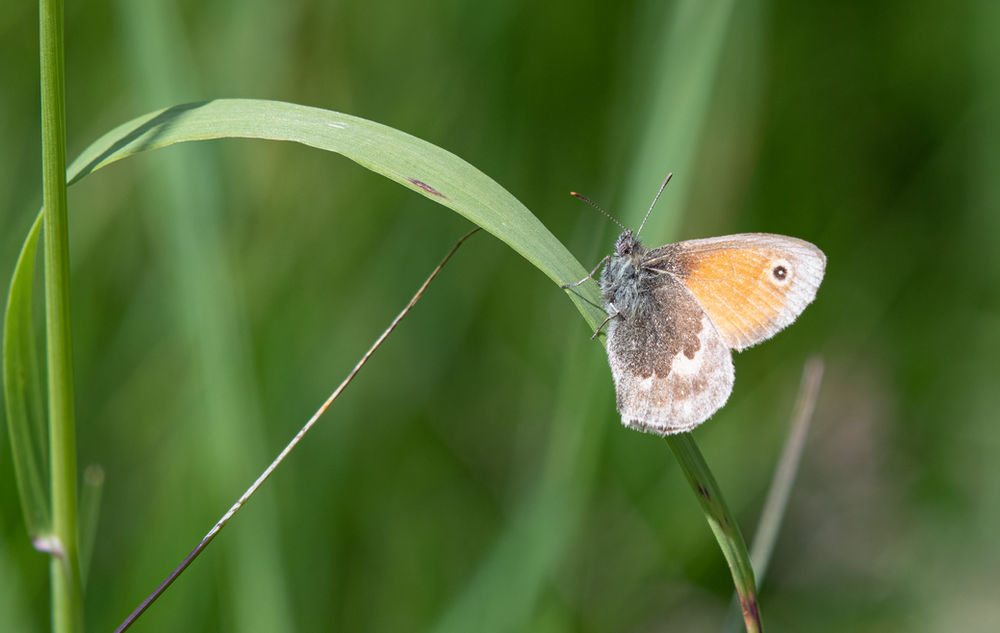top of page
Adults feed on floral nectar of a variety of flowers such as Bramble, Yarrow, and Ragwort. This nectar has a high mineral and nutrient content (particularly amino acids and sugar), and is very important for male and female butterfly reproductive success.
They are diurnal and fly with an obvious fluttering flight pattern, close to the ground.
They rest with wings closed.
They are widespread in colonies throughout the grasslands of Eurasia and north-western Africa, preferring drier habitats than other Heath subspecies, such as salt marshes, alpine meadows, wetlands, and grasslands near water (i.e. streams) However, habitat loss caused by human activities has led to a decline in populations in many
locations.
Males often establish their own territories and become stationary.
Males with their own territories are more likely to mate successfully with females. This prompts aggressive male behavior between stationary males and wandering males who may fight for territory ownership. The stationary male sometimes engages the wandering male in an attempt to determine its sex, and these interactions remain short to reduce vulnerability to predation. Longer interactions between males are typically territorial disputes. Larger males are typically more successful in territorial disputes with other males, as they have longer wing spans and are superior in size and weight to smaller males. Because of this, larger males have a much higher chance of successfully mating.
This aggressive mating behavior is called lekking.
Copulation lasts between 10 minutes and 5 hours, occurring at any time of day
The wings of an adult are light brown.
Males are darker and sometimes have gray brown hues, while females are paler and occasionally a white brown or yellow white color. Other variations include a redder or yellower pigment with the occasional purple brown color. Both males and females can have a brownish gray border circling the edge of the wing. This border varies in thickness and seems to be more common in males than in females.
The forewing can have a prominent or faint dark spot or sometimes, no spot at all near the wing tip. The hindwings may also have eyespots or white dots. A white band runs along the underside of the wing and varies in width and fullness.
Small heaths are considered lateral baskers, angling their bodies 90° to the sun with their wings closed when resting.

Diet: caterpillars feed on different varieties of grass species.
Diet: Adults feed on floral nectar from a variety of flowers such as Bramble, Yarrow, and Ragwort.
Wingspan: maximum 37 mm / 3.7 cm / .46"
Family: Nymphalidae
The single biggest threat to butterfly survival is habitat destruction!!
bottom of page





